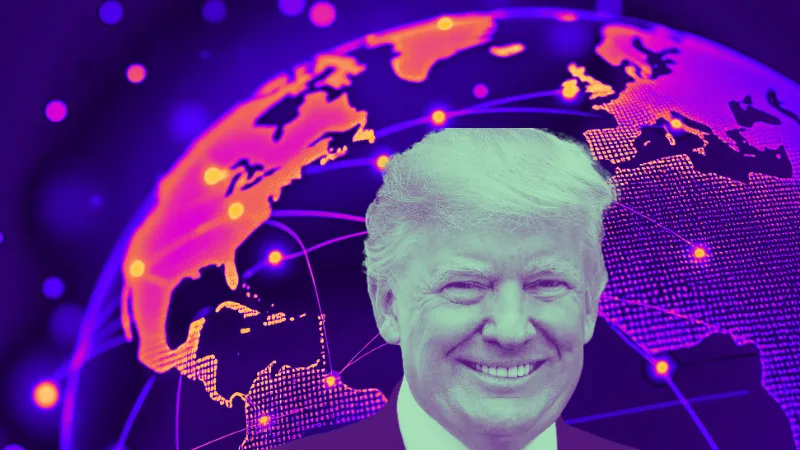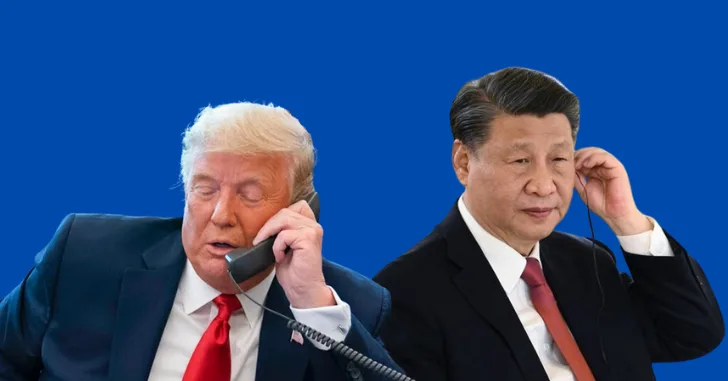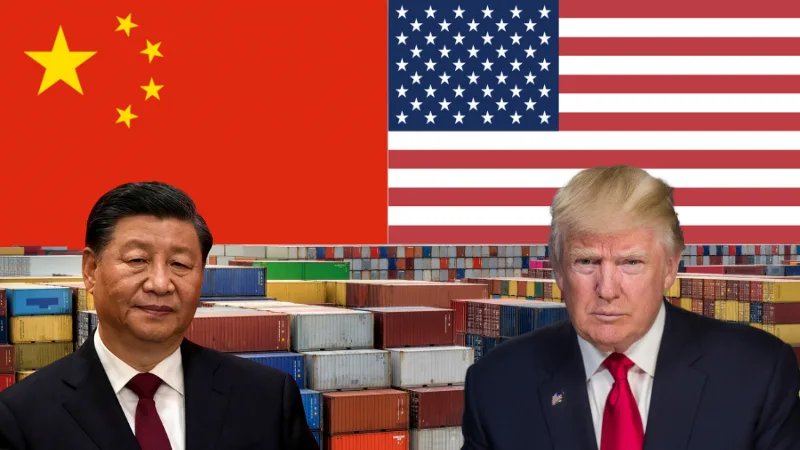As Donald Trump retakes office as the 47th President of the United States on January 20, 2025, global trade is once again under his sharp focus. Known for his bold and often contentious approach to international relations, Trump’s return to the presidency heralds a new era of trade policies poised to reshape the global economy.
This article explores how Trump’s policies are affecting international markets, analyzing the implications for businesses, investors, and countries around the world.
Trump’s Trade Doctrine Returns: America First 2.0
Trump’s renewed presidency brings a revival of his “America First” doctrine, emphasizing:
- Revamped Tariff Strategies: New tariffs targeting imports from China, the European Union, and even traditional allies like Japan to incentivize domestic manufacturing.
- Focus on Energy Independence: Policies aimed at bolstering American energy production while imposing restrictions on foreign energy imports.
- Aggressive Bilateral Trade Deals: An expansion of direct trade negotiations with countries outside traditional multilateral frameworks.
Global Winners and Losers in 2025
The immediate effects of Trump’s policies are creating distinct winners and losers across the globe.
Winners:
- U.S. Manufacturers: Domestic industries, particularly steel, technology hardware, and automotive sectors, are seeing a resurgence as tariffs make foreign imports less competitive.
- Energy Producers: American energy companies are thriving under policies aimed at boosting oil, gas, and alternative energy production.
Losers:
- Emerging Markets Tied to China: Nations heavily reliant on China for trade are facing disruptions due to U.S.-imposed tariffs and sanctions on Chinese goods.
- European Exporters: German auto manufacturers and French agricultural exporters are grappling with new trade barriers imposed by the U.S.
Geopolitical Shifts: Trump’s Impact on Alliances
Trump’s assertive trade policies are once again testing international alliances. While his administration touts the benefits of recalibrated trade deals, critics argue that these moves risk alienating key partners.
- China-U.S. Tensions Intensify: A renewed trade war with China has led to higher tariffs on tech goods and raw materials, disrupting global supply chains.
- Allied Discontent: Traditional allies like Canada, Mexico, and the EU are grappling with tariffs on steel, aluminum, and consumer goods, creating diplomatic friction.
- Opportunities for Non-Traditional Partners: Countries like India and Brazil are stepping into the void, seeking closer trade ties with the U.S. as alternatives to China.
Implications for Global Markets
The ripple effects of Trump’s policies are being felt in financial markets and industries worldwide.
- Increased Market Volatility: Uncertainty surrounding tariffs and trade negotiations is causing sharp movements in global equities and commodities markets.
- Shifts in Supply Chains: Companies are accelerating efforts to diversify supply chains away from China, benefiting countries like Vietnam and Mexico.
- Currency Fluctuations: The U.S. dollar’s strength, bolstered by Trump’s trade policies, is putting pressure on emerging market currencies and driving inflation in import-dependent nations.
Investor Takeaways: Navigating the Trump Trade Landscape
For investors, Trump’s return to the White House signals both opportunities and challenges. Key considerations include:
- Domestic Manufacturing Boom: U.S.-focused manufacturing and industrial ETFs could see significant growth.
- Emerging Market Resilience: Countries less reliant on U.S.-China trade, like India, may present attractive investment opportunities.
- Energy Sector Growth: American energy companies and infrastructure projects are poised for substantial gains.
Conclusion: Trump’s Global Trade Vision in 2025
Donald Trump’s presidency is reshaping the global trade landscape in profound ways. While his policies aim to strengthen American industries and reduce trade deficits, the broader implications for international markets are complex and far-reaching. As businesses and investors navigate this new era, understanding Trump’s trade doctrine will be crucial for capitalizing on emerging opportunities and mitigating risks.





